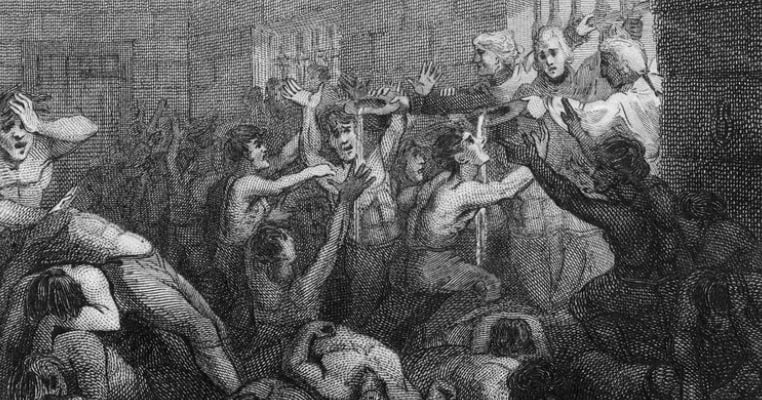
8. Spandau prison held but one inmate for over twenty years
Spandau prison in Berlin, built in 1876, was originally a military prison, and shifted to holding civilian prisoners during the riots in Berlin in 1919. The Nazi regime initially held many “undesirables” and political prisoners within its walls before the opening of the concentration camps, after which such prisoners were transferred. It was following the Second World War when the prison which had been built to hold 600 men was used to incarcerate only seven, operated by all four of the occupying powers of Germany; the Soviet Union, the United States, Great Britain, and France. Each of the powers operated the prison for a month on a rotating basis. The prisoners were Baldur von Schirach, Erich Raeder, Konstantin von Neurath, Karl Doenitz, Albert Speer, Walther Funk, and Rudolf Hess, all convicted war criminals.
Their daily routines were strictly regimented though the prisoners and their guards noted that the periods when the Soviets operated the prison were far harsher than those under the other three powers. Over time the guards grew more lax regarding the regulations, though the Soviets continued to enforce them rigorously for many years. By 1966 only three prisoners remained, Hess, Speer, and von Schirach. The latter two were released at the end of September that year. For the next twenty-one years the prison continued to be operated by the four powers for the purpose of incarcerating one man, Rudolf Hess. When Hess died in August of 1987 the prison was demolished to avoid its becoming a shrine for neo-Nazis, and a shopping and entertainment center was built on the site.

